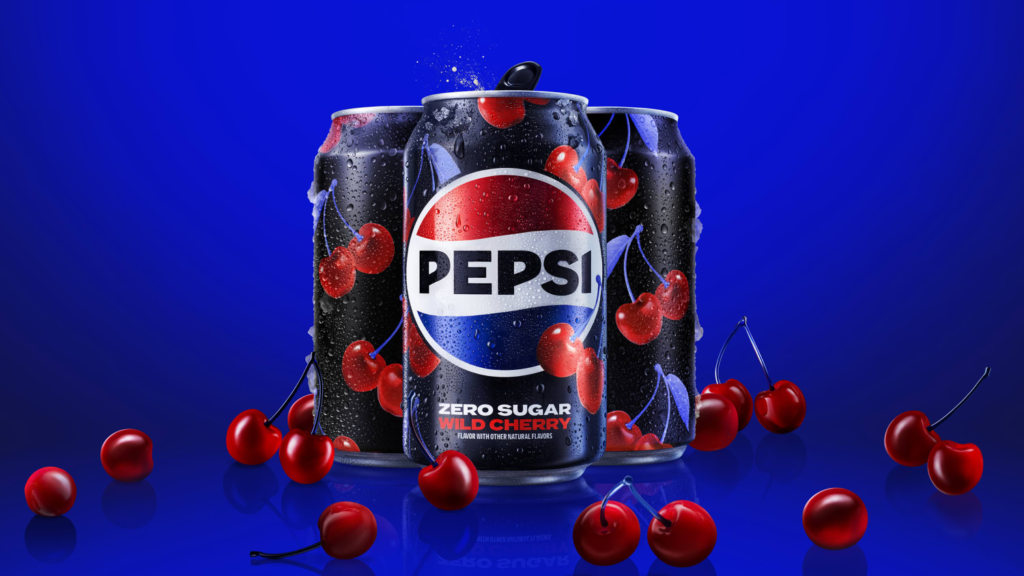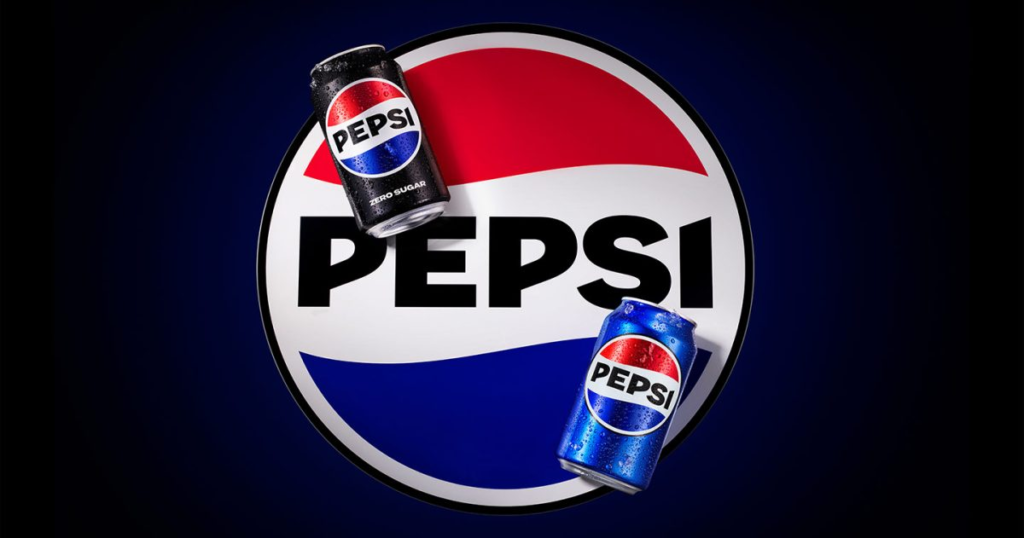When you think of a Pepsi can, you probably picture a cool, refreshing drink that brightens up your day. A Pepsi can has become a global symbol of enjoyment, from backyard BBQs to big events. But have you ever wondered how this iconic can came to be, or what makes it so special? In this blog post, we’ll dive deep into the history of the Pepsi can, how it has evolved over the years, and why it still holds a special place in our hearts.
Pepsi cans are more than just containers for a fizzy drink; they are part of a larger story about innovation and branding. From its first aluminum design to the sleek cans we know today, Pepsi has always found new ways to make its product stand out. Let’s explore the exciting journey of the Pepsi can and what makes it so unique in the world of beverages.
The History of Pepsi Can: From Glass Bottles to Aluminum Revolution
The story of the Pepsi can goes back many years. Originally, Pepsi was sold in glass bottles, which were great, but not very easy to carry around. In the 1960s, Pepsi decided to change things. They introduced a new way to package their soda: the Pepsi can. It was made from aluminum, which was lighter and easier to carry. This simple change made it easier for people to enjoy Pepsi on the go.
Over the years, Pepsi has continued to improve the design of its cans. They’ve switched from simple designs to colorful cans with modern graphics. This change was not just about looks—it was also about making the cans stronger, so they wouldn’t break easily. Thanks to this innovation, Pepsi cans have become an everyday part of our lives.
Why the Pepsi Can is Loved by Millions: A Refreshing Experience
One of the reasons why people love the Pepsi can is because it keeps the drink cold. The aluminum used in the can is great for maintaining the drink’s temperature. When you crack open a Pepsi can, it feels refreshing, especially on a hot day. The coolness and fizz of Pepsi make it the perfect drink for any occasion.
Another reason for its popularity is its portability. Pepsi cans are lightweight and easy to carry. Whether you’re at a party, a picnic, or just relaxing at home, the Pepsi can is always there to quench your thirst. Its design makes it easy to drink from, and its refreshing taste has made it a favorite for millions of people worldwide.
How the Design of the Pepsi Can Has Evolved Over Time

The design of the Pepsi can has changed a lot since its introduction. In the early days, the can had a simple, basic look with a focus on the Pepsi logo. Over time, the can designs became more colorful and creative. Pepsi started using bright colors and eye-catching designs to stand out from other sodas.
Key Design Changes:
- First Cans: Simple designs with a focus on the Pepsi logo.
- Modern Cans: Bright, bold colors and artistic graphics to attract attention.
- Limited Edition Cans: Special designs for events, holidays, and promotions.
Pepsi Can vs. Coke Can: A Friendly Rivalry in the World of Beverages
Pepsi and Coke have always been rivals in the world of soda. Both companies have worked hard to make their cans stand out on shelves. While Pepsi cans have their own unique look, Coca-Cola cans are also instantly recognizable. People often have a strong opinion about which soda is better, and this has led to a fun rivalry between the two brands.
In terms of design, Pepsi cans are usually bolder with a more modern style, while Coca-Cola cans tend to be more traditional and classic. Despite the differences, both Pepsi and Coke have one thing in common: they both use cans as a convenient way to deliver their drinks to customers.
How Pepsi Cans are Made: The Science Behind the Drink’s Container
Making a Pepsi can is not as simple as it seems. It involves many steps to create the perfect can. First, the aluminum is shaped into the can’s form using a machine. After that, the can is cleaned and printed with the Pepsi logo and design. Once the design is complete, the can is filled with the delicious Pepsi soda and sealed tightly.
Steps to Make a Pepsi Can:
- Shaping the Aluminum: The aluminum is cut and shaped into a can.
- Cleaning: The inside of the can is cleaned to make sure there are no dust or dirt particles.
- Printing: The logo and design are printed on the outside.
- Filling and Sealing: Finally, the Pepsi is poured in, and the can is sealed.
The Future of the Pepsi Can: What’s Next for the Iconic Drink Packaging

As the world continues to change, so does the way we drink soda. The future of the Pepsi can is focused on sustainability and innovation. Pepsi is working hard to make its cans more eco-friendly. They are looking at ways to reduce the environmental impact of production and improve recycling efforts.
Innovations to Look For:
- Eco-Friendly Materials: Using materials that are easier to recycle and better for the planet.
- Design Changes: New designs that are more efficient and better for the environment.
- Sustainable Manufacturing: Reducing the carbon footprint of the can production process.
Conclusion
The Pepsi can has come a long way since its early days. From its simple design to the colorful and creative cans we see today, it has become an important part of the Pepsi brand. The can is not just a container for a drink but a symbol of refreshment and fun. Whether it’s at a party or a hot summer day, a Pepsi can is always there to quench your thirst and bring a smile.
Looking ahead, the Pepsi can will continue to evolve. As the company focuses on sustainability, we may see even more eco-friendly cans in the future. The Pepsi can will always be part of our lives, offering a refreshing experience with every sip. It’s amazing to think how something as simple as a can can carry such a rich history and play a big role in the world of beverages.
FAQs
Q: What is the main material used to make a Pepsi can?
A: Pepsi cans are mostly made from aluminum, which is light, durable, and easy to recycle.
Q: How does the design of a Pepsi can affect its popularity?
A: The bright, fun designs of Pepsi cans make them stand out and attract more people, helping the brand stay fresh and exciting.
Q: Are Pepsi cans recyclable?
A: Yes, Pepsi cans are 100% recyclable, and recycling helps reduce waste and protect the environment.


